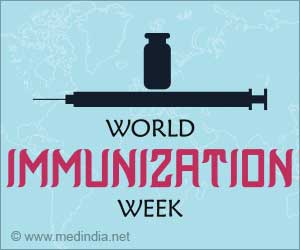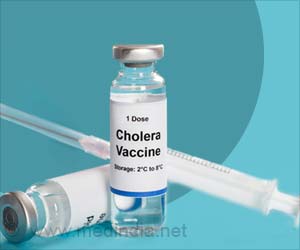
Tramadol is a synthetic opioid that is metabolised in the liver via an enzyme called cytochrome P450 2D6 (CYP2D6) to produce a small molecule or "metabolite" called O-demethyltramadol (ODT).
ODT is between two and four times better at inducing analgesia than tramadol that is not metabolised successfully. This is because ODT has a 200-fold higher affinity to the opioid receptors in humans than un-metabolised tramadol, meaning that it binds to the receptors more successfully, blocking out the signals for pain.
"In our hospital we frequently use tramadol after surgery - about 50-60 percent of patients are treated with it, while the rest are treated with nefopam, which is a non-opioid painkiller," Dr Laurent Varin, an anaesthesiologist at the Caen Teaching Hospital (Caen, France), said.
"However, in about 5-10 percent of Caucasian patients the CYP2D6 enzyme is inefficient and does not produce enough ODT to bind effectively to the opioid receptors; these patients are known as 'poor metabolisers' and will have poorly controlled pain unless the problem is identified quickly and they are switched to morphine or nefopam," he said.
In order to identify the "poor metabolisers", Varin and his colleagues decided to investigate the ratio between tramadol and ODT in patients' blood to see if this would give an indication of how efficiently CYP2D6 was working.
Advertisement
They collected blood samples after 24 and 48 hours post-surgery, and tested them for concentrations of tramadol and ODT using "high performance liquid chromatography tandem mass spectrometry", which separates out the different components in the blood.
Advertisement
This revealed that eight percent (23) of the patients were "poor metabolisers". Then they assessed the ratio of tramadol to ODT in the blood samples of the "poor metabolisers" and the other patients.
"We found that, after 24 hours, an ODT/tramadol ratio of less than 0.1 indicated a deficient CYP2D6 activity with an accuracy of 87 percent sensitivity - the test's ability to correctly identify positive results - and 85 percent specificity - the test's ability to correctly identify negative results.
"This means that this ratio is highly accurate at detecting 'poor metabolisers' who need to be switched to another painkiller," he said.
Varin and his colleagues believe that the ODT/tramadol ratio gives doctors a new tool to identify "poor metabolisers" in the clinic.
"This test is simple and cheap, costing only about 30 Euros. It can be performed quickly in just a few hours, instead of many days when the genotyping method is used, and will enable clinicians to make the best treatment choices for their patients.
"If a patient is suffering unrelieved postoperative pain and the blood test reveals an ODT/tramadol ratio of less than 0.1, then the clinicians can switch quickly to morphine, rather than trying to increase the dose of tramadol and risk adverse drug effects by overdosing.
"Furthermore, once a patient has been identified as a 'poor metaboliser', this means that other drugs that are also metabolised via CYP2D6 will be less effective, such as codeine and, to a lesser extent, oxycodone, and so this knowledge will help clinicians to decide on alternative treatment strategies for their patients," Varin added.
The findings of the study were presented to the European Anaesthesiology Congress in Paris.
Source-ANI















